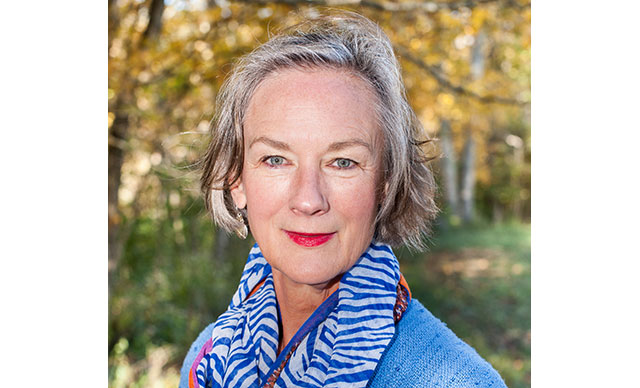- feature
- PERSONAL FINANCIAL PLANNING
One CPA financial planner’s approach to retirement
Please note: This item is from our archives and was published in 2020. It is provided for historical reference. The content may be out of date and links may no longer function.

Related
Talk about more than money when readying clients for retirement
When Mackey McNeill first started out as a CPA financial planner, her conversations with clients about retirement focused almost entirely on financial matters. “I noticed that clients never did anything with the plans I made for them,” she said. When she went over these plans with them, “their eyes would glaze over,” she said. “I thought ‘This is not working.'”
With time and study, McNeill, CPA/PFS, founder of Mackey Advisors, based in Bellevue, Ky., developed a process for encouraging clients to discuss the nonfinancial aspects of retirement. “We start with goals,” she said. She asks them to picture, in detail, a satisfying but not exciting retirement, and then to envision an amazing retirement, and then to create a list of goals they would achieve in both the “good” and the “wow” retirement scenarios. In this early stage, she doesn’t want clients’ brainstorming to be derailed by too much concern about dollar amounts, so she has them roughly estimate what each goal might cost.
Then, she and her team use financial planning software to run projections for both scenarios and talk with clients about what it would take to achieve their modest and their more ambitious goals. “They often find that they can afford most of their ‘good life’ goals and some of their ‘wow’ goals,” she said. “The most valuable thing is we help them understand the consequences and trade-offs of their decisions.” For instance, clients see that they might be able to travel more if they work longer or downsize their home.
The planning process can take anywhere from three to nine months and involves several meetings. The plans McNeill and her team create are flexible, and clients update them about once every six months.
One of McNeill’s clients, retired entrepreneur Joe O’Gorman, said seeing the “good” and “wow” scenarios gave him a sense of what was possible in retirement. “Those two bookends give you parameters. You make a compromise between those two endpoints,” he said.
McNeill’s process let O’Gorman and his wife see that they could achieve many of their retirement goals, such as buying a “toy” car every eight years, having his wife retire early, and moving to a smaller house with better landscaping. They were also able to build practical items into the plan, such as being able to financially help a family member who had suffered a serious accident.
O’Gorman appreciated how McNeill and her team emphasized the personal side of retirement. “They were not talking about portfolios and stocks. They were talking about our goals. It was refreshing,” he said.



















